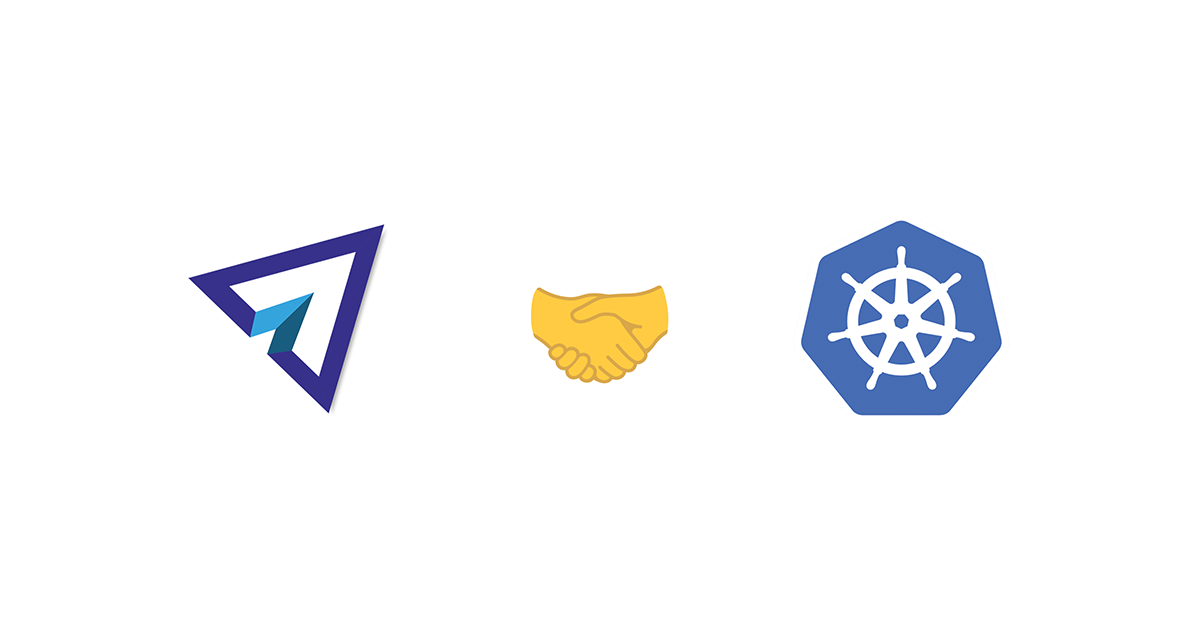Get the latest tech news
Nomadic infrastructure design for AI workloads
This AI stuff is cool, but GPU inference is not needed all of the time. Most of the time your instances stay idle, which means you're just burning investor money without any real benefit. Today we'll learn how to make your compute spread between hosts nomadically, hunting deals and using Tigris to make it all possible.
Today, we’ll cover how you, a random nerd that likes reading architectural articles, should design a production-ready AI system so that you can maximize effectiveness per dollar, reduce dependency lock-in, and separate concerns down to their cores. The industry uses like a billion different terms for “unit of compute that has access to a network connection and the ability to store things for some amount of time” that all conflict in mutually incompatible ways. This doesn’t sound like an issue, because the CTO negotiating dream is that they’ll be able to play the “we’re gonna move our stuff elsewhere” card and instantly win a discount and get a fantastic deal that will enable future growth or whatever.
Or read this on Hacker News
